Gardening is considered one of those therapeutic hobbies and doesn’t have to break your wallet. Here are some tips on how to grow your own food and herbs on a Shoestring Budget.
1. Grow from Seeds Rather Than Starts
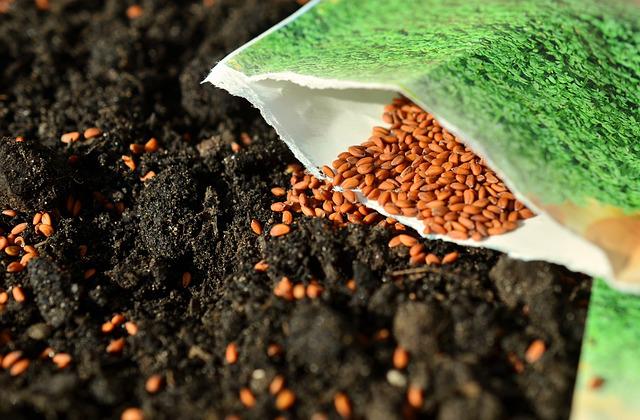
A six-pack of lettuce seedlings will cost you between $3 and $6, while a pack of 500 lettuce seeds will cost you no more than $3.
There’s no need to be intimidated: while starting seeds in flats indoors offers you a head start on the growing season, putting seeds directly on the garden bed takes no longer than planting seedlings.
2. Attend a Seed Swap
Shopping for seeds is enjoyable, and if you’re careful, you can score some great deals. On the other hand, going to a seed exchange, a party where everyone shows up ready to trade seeds they’ve saved from the previous year is arguably even more fun and will save you money.
This takes me to my next point: preserve your seeds in the fall! Saving seed is entirely free as long as it is not patented.
3. Collect Cuttings
You may be thinking, “Saving seed is good for vegetables, but who produces blueberries or dogwood trees from seed?” That is correct. Many things are difficult to grow from seed or do not grow “true” from seed because they have replicated asexually (genetic clones).
The good news is that cuttings can be used to propagate almost all perennials, most shrubs and vines, and many trees. Look for a neighbor or a friend who has the plants you want to grow. Cut off a few pencil-sized sticks and pot them up in moist soil with some perlite. You should see roots and leaves growing within a few weeks or months.
4. Upcycle and repurpose
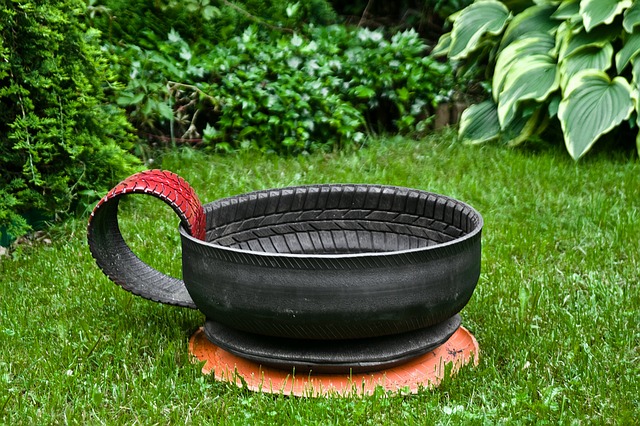
Plants are expensive enough, but planters, pavers, arbors, and other hardscape elements quickly push the expenditure into the four-figure region. But, after all, one man’s trash is another man’s riches, right?
Planters can be made from anything ranging from an old bathtub to repurposed wooden pallets. I’ve seen arbors constructed from recycled satellite dishes hung on poles and trellises built from old bed springs.
Try shattered concrete instead of pricey flagstone (also known as urbanite) and color the surface for a more appealing finish. However, exercise restraint: When you go too far, upcycling might leave you with a yard full of rubbish.
5. Gather Your Gardening Supplies
Nature also provides free materials to assist you in getting the most bang for your buck when it comes to gardening. Bamboo poles, used for everything from tomato stakes to making lovely oriental fences and arbors, cost $1 to $10 (or more) per piece at a garden center, depending on size.
However, many people have a yard full of bamboo and would welcome you to come to take some of it. There are many more instances like this — if you think, “Oh, I wish I had the money to buy it for the garden,” think of a free, locally harvestable alternative.
6. Create It Yourself
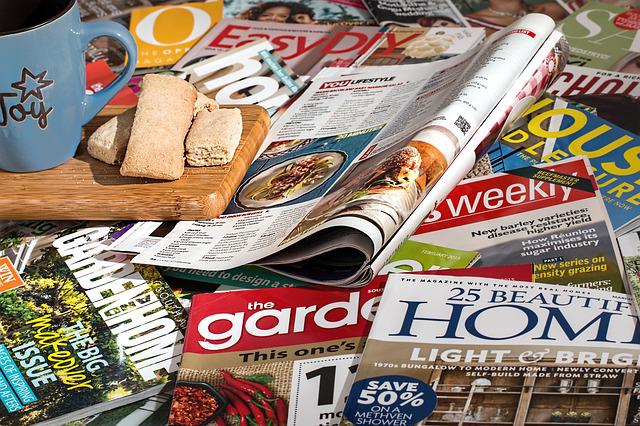
Even for a tiny yard, a professional garden design might cost several thousand dollars. There are reasons for this (for example, years of training and expertise), but you’ll be astonished at what you can come up with with a little patience.
Begin at the library, where there are volumes upon volumes of garden design books and references that will tell you exactly what conditions every plant in the known world prefers and everything else you can think of.
Then, on paper, sketch out your yard as precisely as possible and begin penciling in ideas. Allow yourself a full year to develop a design, collecting careful observations throughout the seasons and taking the time to picture your ideas in detail before beginning construction.
7. How You Can Construct Soil Amendments
Purchasing bags of compost and potting soil can be expensive, but when you consider what is in those goods – largely animal by-products (such as bat guano, feather meal, and bone meal) and other forms of organic waste (shredded bark, cocoa husks, and so on) – it seems a shame to pay.
If you don’t have your own hens or livestock, you may always find a friend or local farmer who will let you clear out their barn. Mix the manure with wood shavings, grass clippings, leaves, or any other organic stuff you can find.
Then you can pile it up and let it simmer for a few months to create rich black compost. Save your eggshells and break them into the compost (they provide calcium and phosphorus) and, if you live near the shore, pick some seaweed for a boost of micronutrients – make sure to fully rinse the seaweed in freshwater to remove the salt.
8. Take use of free compost and mulch
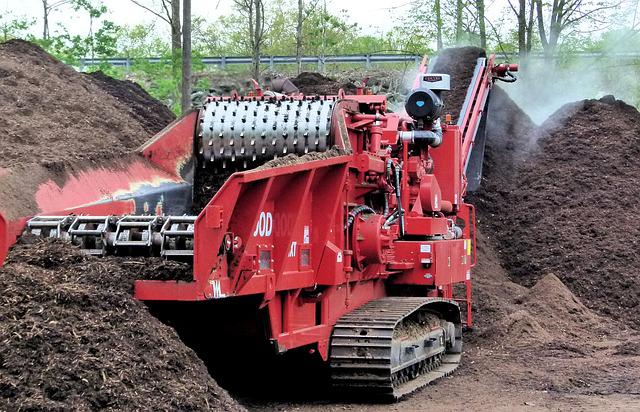
Tree-cutting firms frequently have large quantities of mulch on hand that they freely distribute. Furthermore, several governments turn their inhabitants’ green garbage into compost and mulch, which they then transport to designated areas for the public to take for free.
These freebies aren’t always of high quality — they could contain shredded rubbish or invasive species seeds, for example – so use them at your own risk.
9. Become an expert in “Free Lists.”
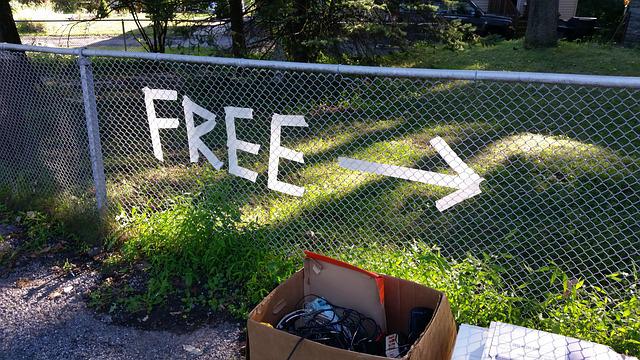
Craigslist’s “Free Stuff” section is frequently a goldmine for everything from live plants to pots to mounds of compost, and many other classified services have their own “Free Lists” or barter sections.
Many towns have a “Buy Nothing” Facebook page or a “virtual garage sale” where most items are priced to sell. Aside from outright freebies, visiting flea markets and garage sales is an excellent method to acquire gently used gardening supplies for a fraction of the cost of purchasing them new.
10. Grow organically
Choosing all-natural approaches has cost advantages. Chemical insecticides, for example, are usually expensive, but bringing beneficial insects to the garden (good bugs that eat the bad bugs) is shockingly simple and completely free.
Herbicides are the same way: You can manually remove weeds, suffocate them with black plastic or layers of cardboard and wood chips, or even rent a couple of goats to gnaw through dense growth (they love eating things like kudzu, poison ivy, and thorny briars).
In addition to composting, you can utilize living plants known as cover crops to return nutrients to your soil in a natural and cost-effective manner.
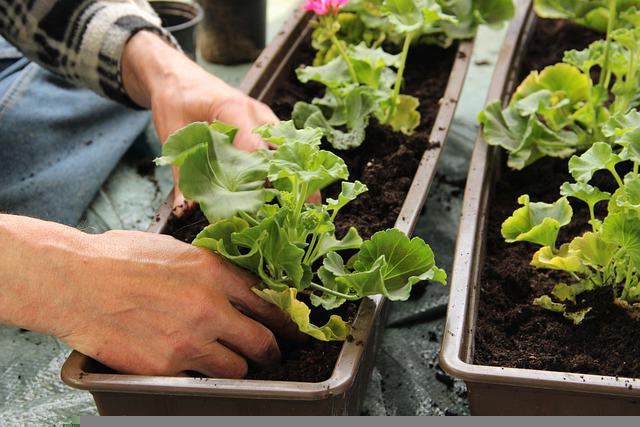
One more thing. We all have rotten vegetables. If you have rotten cherry tomatoes, simply place them in a pot of soil and cover them with light dirt.
They will sprout before you know it. Take away the seeds and do the same with veggies like cucumbers and peppers.
To Conclude
Gardening is a most rewarding and healthy way to spend leisure time. One of the hobbies that makes you happy is gardening. You now understand how to make your own for a little cost. It will deliver you organic foods that are excellent for you as well as exercise.
